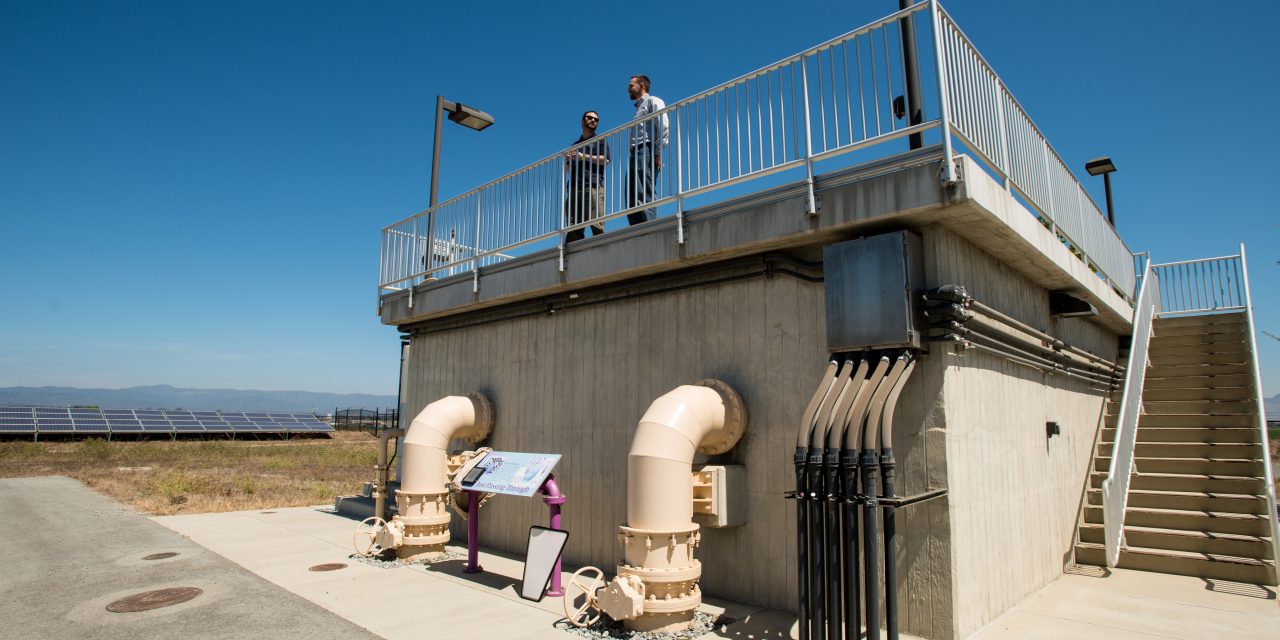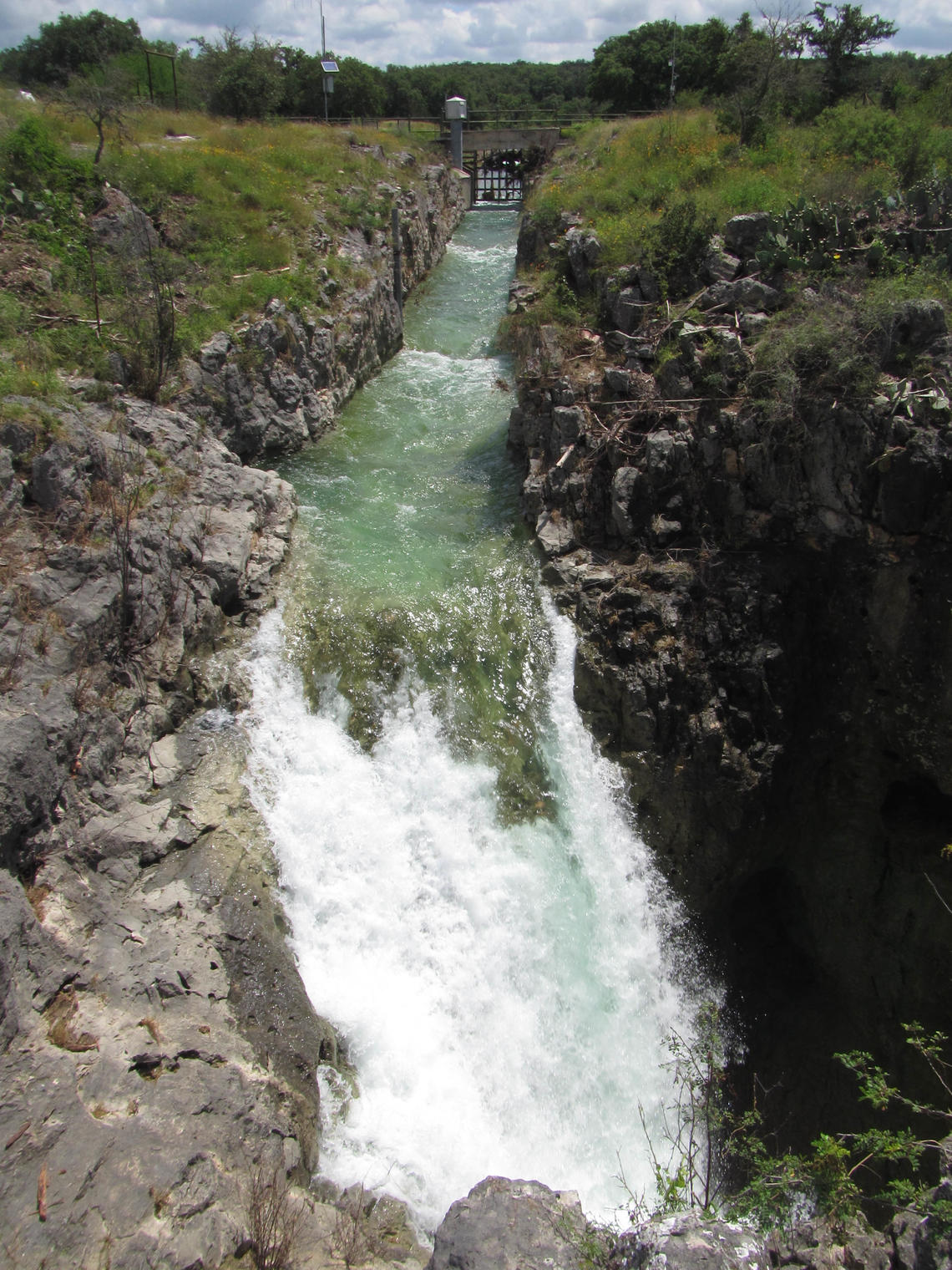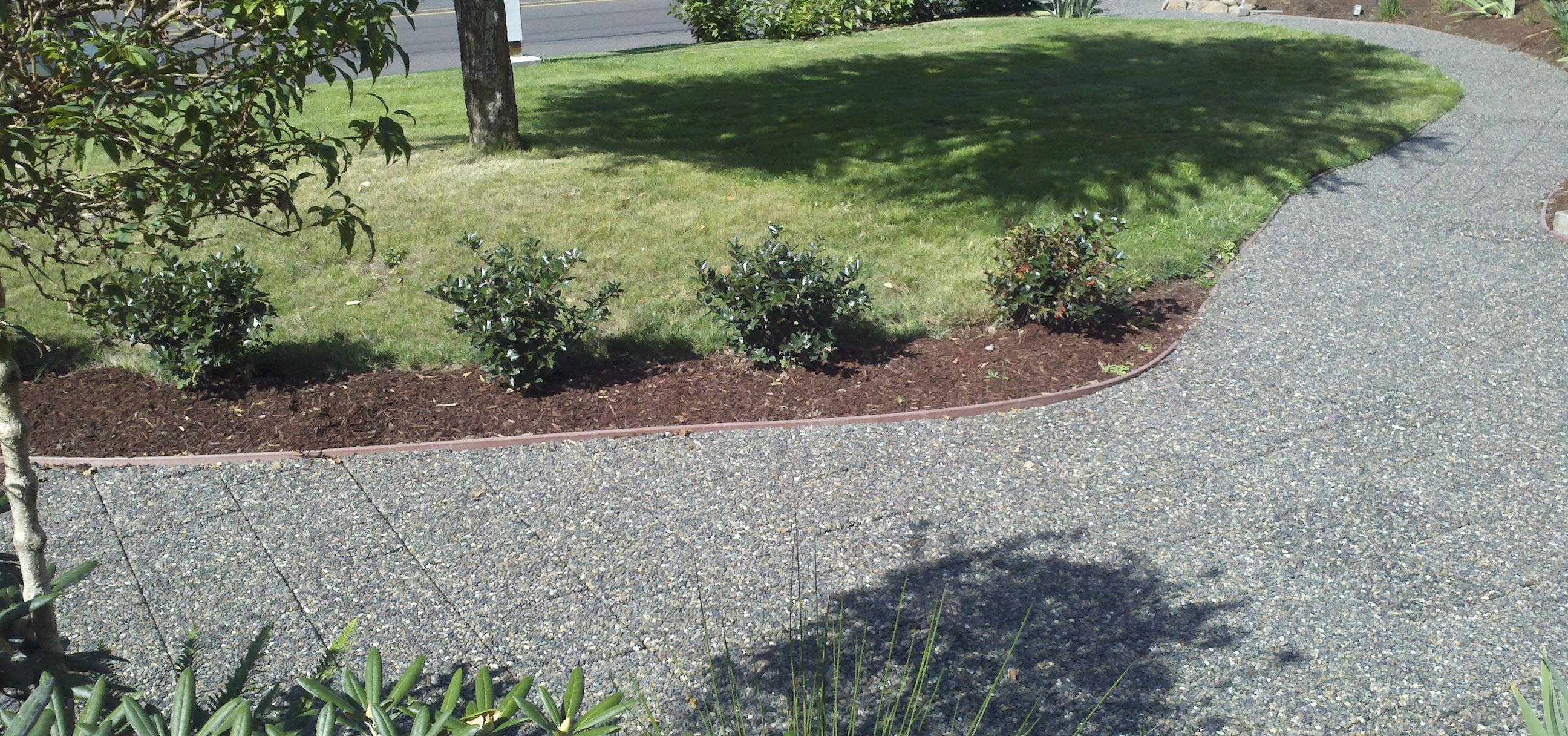In central California’s agriculture-rich Pajaro Valley, more than 90% of water used for drinking and irrigation comes from groundwater aquifers. This ceaseless pumping, combined with the effects of long-term droughts and shifts in land use, led the Corralitos groundwater basin beneath Pajaro Valley to join dozens of California aquifers deemed “critically overdrafted” by the state’s 2014 Sustainable Groundwater Management Act (SGMA). The risks of this level of aquifer depletion are many, ranging from water insecurity and land subsidence to changes in soil chemistry that could irreparably harm the region’s agricultural economy.
SGMA required the Pajaro Valley Water Management Agency (PV Water; Watsonville, California) to take aggressive action to bring its groundwater withdrawals into balance by 2040. However, like many water agencies in the same position, PV Water lacked the funding for such expensive, centralized approaches as desalination facilities or miles-long pipelines to natural freshwater sources. Instead, they explored ways to maximize stormwater infiltration using a decentralized approach, but the high percentage of privately owned land in PV Water’s jurisdiction posed another challenge.
Researchers from the nearby University of California (UC), Santa Cruz, and the Resource Conservation District of Santa Cruz County (RCD; Capitola, California) approached PV Water with an innovative solution: a new approach to project delivery called recharge net metering (ReNeM). PV Water became the first California jurisdiction to implement a ReNeM pilot program in 2016, which since has become permanent. A recent paper by UC Santa Cruz and UC Berkeley researchers in the journal Nature Water provides the first true cost-benefit analysis of the ReNeM approach based on PV Water’s experience, finding that the funding mechanism is not only highly cost-effective for the Pajaro Valley, but also can pay dividends elsewhere.
“ReNeM helps to incentivize projects and participants to collect stormwater runoff generated during big winter rain events and percolate that water into aquifers,” said Molly Bruce, lead author of the study and UC Berkeley Research Fellow, in a release. “This approach can help agencies to meet SGMA requirements. It is a similar approach to what the power industry has done with solar panels and ‘net energy metering,’ paying for excess electricity that is shared on the grid.”
Recharge Net Metering 101
Decentralized strategies for managed aquifer recharge commonly suffer from the same set of key challenges. For one, favorable locations for infiltration-friendly practices such as removing impervious surfaces, installing cover crops, and removing vegetation that promotes evapotranspiration are often few and far between. When these ideal locations sit on private land, purchasing land or securing easements often is prohibitively expensive. Finally, landholders often lack motivation to invest in groundwater recharge projects because benefits to aquifers are a collective good that may not result in tangible benefits for individual property owners.
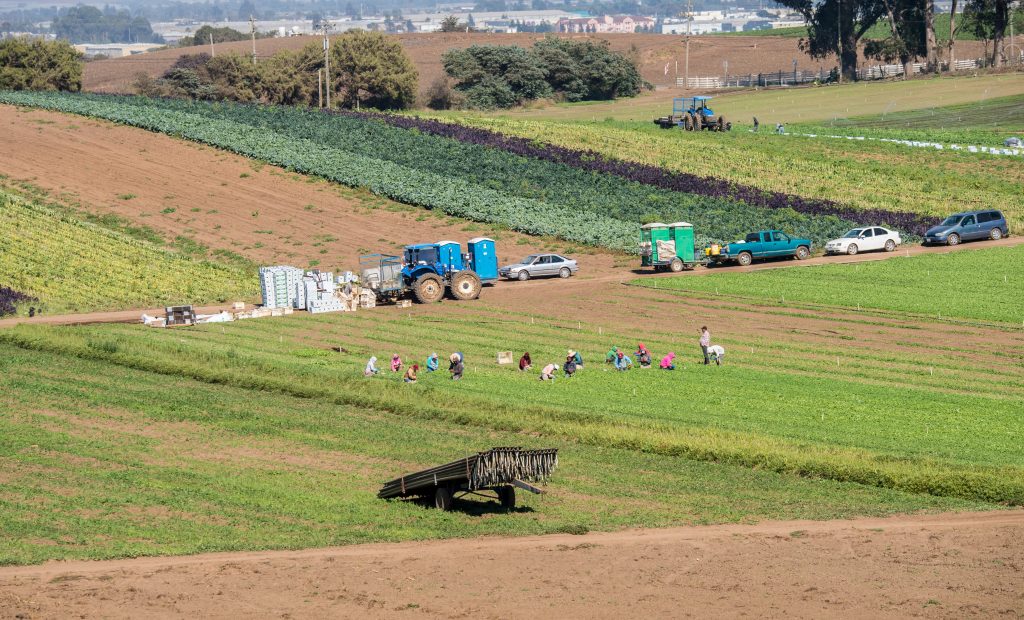
ReNeM targets each of these challenges by providing an instrument for watershed managers to compensate private landowners according to the measured quantity of stormwater that percolates into aquifers on their property. As opposed to groundwater banking, in which private landowners who invest in infiltration can sell rights to the excess groundwater their projects provide to other landowners, benefits from ReNeM plans extend to the entire groundwater basin while still generating profits for investors. Annual payments to landowners, based on net infiltration volumes, pumping costs, and a flexible scaling factor that responds to local economic forces, aim to offset fees typically levied when these landowners withdraw groundwater.
“ReNeM recognizes that putting water into the ground provides system services,” said UC Santa Cruz Environmental Scientist Andrew Fisher, a co-author of the study and co-developer of the ReNeM model. “Some of that water may be pumped out later and used for crops, and some of that water may flow elsewhere in the aquifer and support aquatic conditions in nearby streams.”
ReNeM arrangements involve three partners: a water management agency that sets groundwater recharge goals and issues payments, a landowner who implements and maintains infiltration projects, and a third-party facilitator who helps identify ideal sites and partners as well as independently monitors project performance. Within the Pajaro Valley program, experts from UC Santa Cruz and RCD act as impartial facilitators while PV Water delivers payments.
The Pajaro Valley ReNeM program maintains a long-term goal to infiltrate at least 1.2 million m3 (1,000 ac-ft) of stormwater per year on private lands. At the conclusion of the program’s pilot stage in 2021, PV Water worked with just two landowners who collectively infiltrated 186,000 m3 (151 ac-ft) of stormwater during the 2020 water year, according to the agency’s 2022 sustainability update.
A Win-Win for Groundwater Conservation
Using existing data from the two currently operating Pajaro Valley ReNeM projects, researchers examined in depth how the incentive program’s costs and benefits compare to 14 other groundwater recharge tactics considered by PV Water. These alternatives include, for example, implementing new groundwater demineralization measures, building new desalination facilities, increasing recycled water deliveries to offset groundwater withdrawals, and diverting the Pajaro River.
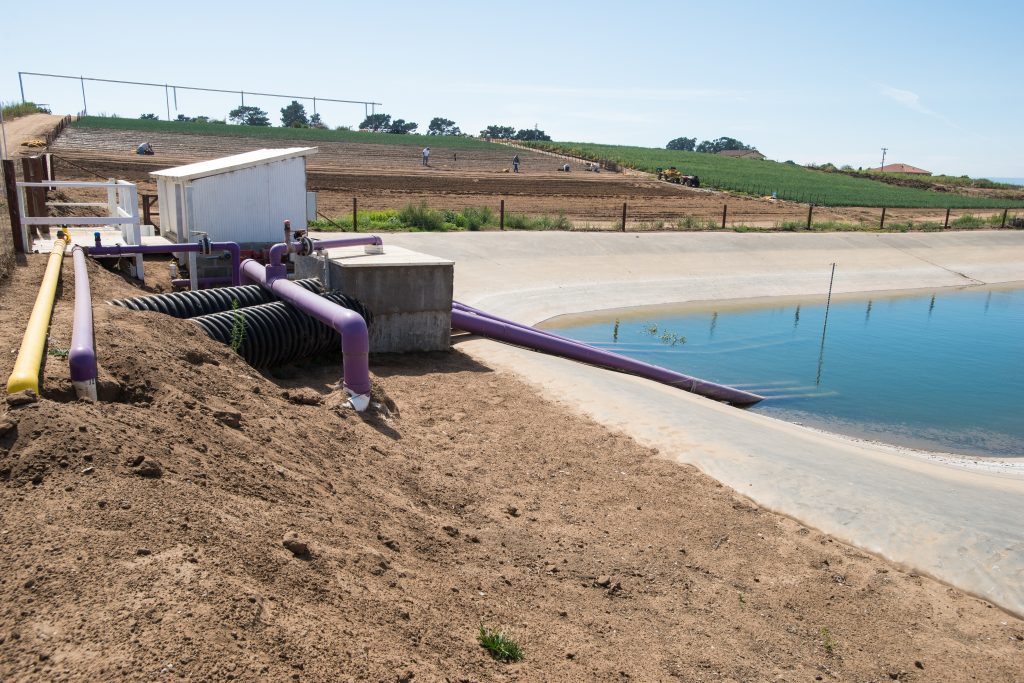
Although they caution that specific infiltration rates for the two projects vary each year according to climatic conditions, the researchers estimate that existing ReNeM projects will generate approximately 11.5 million m3 (9,375 ac-ft) of additional infiltration over a 25-year period at a cost of roughly USD $0.46/m3 (USD $570/ac-ft) in administrative costs and payments to landowners. This ranks among the lowest costs for the 15 approaches investigated while avoiding some of the logistical hurdles inherent in cheaper options.
The analysis also found that even during dry years in which projects perform inefficiently, ReNeM projects provide net-positive benefits for both groundwater aquifers and landowners. Over the 25-year estimation period, the two projects are expected to generate approximately $1.63 million in net benefits to groundwater supplies at a cost of less than $50,000 per year in combined payments to landowners.
While this study focused narrowly on the Pajaro Valley, researchers stress that water managers in other areas experiencing groundwater overdrafts can use the methodology they present to determine whether economic and environmental conditions within their own jurisdictions lend themselves to ReNeM programs. They emphasize that ReNeM works best as one component of a broader aquifer-recharge strategy.
“Every basin and water agency has to make choices,” said Michael Kiparsky, Director of the UC Berkeley Wheeler Water Institute and study co-author. “This work adds up the costs and benefits of the ReNeM program, and the results show that in this region, these costs are competitive compared to alternative water supplies.”
Top image courtesy of Lance Cheung/U.S. Department of Agriculture

ABOUT THE AUTHOR
Justin Jacques is editor of Stormwater Report and a staff member of the Water Environment Federation (WEF). In addition to writing for WEF’s online publications, he also contributes to Water Environment & Technology magazine. Contact him at jjacques@wef.org.

